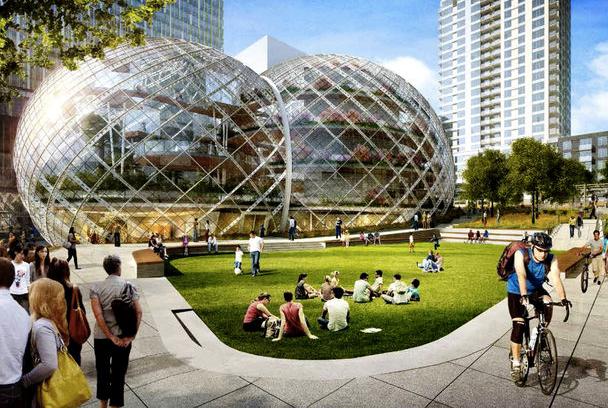A few weeks ago, the Mauna Loa Observatory in Hawaii recorded CO2 levels in the atmosphere at almost 400 parts per million. Many scientists predicted that in reaching this level, we would see more intense storms (like Hurricanes Irene and Sandy); droughts (like the one suffocating the middle of the US for the past year); and heat waves (the 12 hottest years on record have all been in the last 15).
If we keep dumping carbon pollution into the atmosphere, many of these same climate seers predict far worse environmental, economic, and public health consequences. But there are signs that the low-carbon cavalry is coming over the hill to save us, despite political gridlock and turning a willful blind eye to both the problem and the opportunities for positive – – and profitable – – change.
Such optimism can be found in three recent developments that could reverse course before the 400 ppm number soars higher. First, consider that Goldman Sachs is providing $500 million in lease-finance capital to Solar City to help put about 110 megawatts of solar energy systems on residential and commercial rooftops with little or no up-front cost. A 110 mw powerplant isn’t huge, but it would power a small town and is only a part of the $40 billion in renewable energy investment that Goldman Sachs plans to make over the next decade.
Equally impressive is the new $2.2 billion Ivanpah Solar Electric Generating System in California’s Mojave Desert, built by Bechtel and backed by NRG Solar and Google. Now the world’s largest at 377 megawatts, this solar energy project created a lot of jobs and is cutting carbon emissions by more than 400,000 tons per year.
But even with these impressive feats of technology and smart investing, the US is lagging behind, meaning we are leaving even greater economic opportunity and jobs on the table. According to Australia’s Clean Energy Council, that nation added 2 gigawatts of new solar energy (equal to two nuclear power plants) and created 8,000 jobs in just the last five years, while Germany grew from 2 gigawatts of installed solar in 2005 to over 30 gigawatts today.
So if the US is lagging behind countries like Australia and Germany, why should anyone be optimistic about solving the climate crisis with tools that make economic sense? Perhaps because there are also many similar opportunities at the other end of the financial spectrum.
Cleveland’s Chamber of Commerce launched a program to help small businesses finance energy efficiency retrofits to replace inefficient lighting, heating and cooling systems and repay the loans from savings on energy bills. Loans will go up to $50,000, which may not seem like much, but consider that these are jobs and investments that can’t be outsourced to India or China.
“It comes down to the bottom line for small businesses,” said Nicole Stika, senior director of energy services at the Council of Smaller Enterprises in Cleveland. “They’re focused on retaining jobs and being successful. Climate change is not necessarily part of their everyday vocabulary.”
The third sign of hope is at a facility in a Los Angeles suburb where grocery chains Ralphs and Food 4 Less are converting outdated or spoiled food, which would otherwise end up in a landfill, into methane and 13 million kilowatt-hours of electricity per year, enough to power more than 2,000 homes. Considering that some 40% of food produced in the US is never eaten, there is a lot more of that waste which could be converted into wealth all over the nation. Methane is 24 times more potent as a heat-trapping gas than CO2, so these projects are both profitable and very much part of the climate change solution.
We may not have been smart enough to tackle the climate challenge soon enough for those who are already environmental and economic victims, but aligning science and investment capital may finally be a winning formula.


